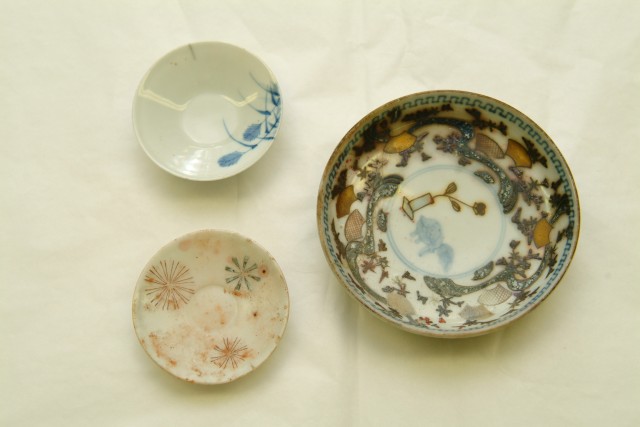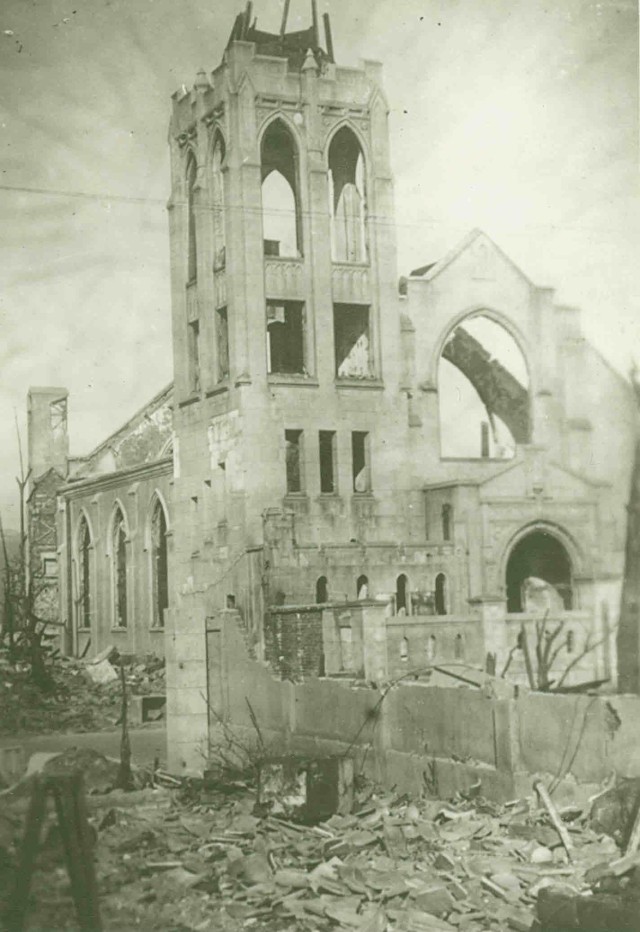On August 6 and August 9, 1945, atomic bombs were used for the first time in the history of warfare. They were dropped on the cities of Hiroshima and Nagasaki, Japan, by the United States Army Air Forces in an attempt to bring the war in the Pacific to an end quickly. According to Prof. Mark Selden, in both Hiroshima and Nagasaki, 50 percent of all those located within 1.2 kilometers (three-quarters of a mile) of the hypocenter of the bomb died on the day of the explosion, and 80-100 percent of those exposed at this distance eventually died from wounds or radiation inflicted by the bomb. It is estimated that within five months, the atomic bomb claimed the lives of 140, 000 of Hiroshima's 350,000 people and 70, 000 of the 270,000 people in Nagasaki.
The primary motivation for the rushed development of the atomic bomb was a fear that Germany and Japan might develop such a weapon first. The main reason for its use was to end the war and save hundreds of thousands of American and Allied of lives .
President Roosevelt's advisers recommended that the United States provide resources and give the development of the atomic bomb the highest priority within the war effort. Maj. Gen. Leslie R. Groves, U.S. Army, was appointed Director of the project, and the Manhattan Engineer District was established in 1942 to develop, manufacture, and deliver the new device. The project would be Top Secret, and knowledge of the program was restricted to a "need to know" basis.
Initial funding of $300,000.00 was provided, and the total cost would rise to two billion dollars (in 1940 dollars). Today, an atomic bomb costs approximately $250,000.00 to manufacture.
Groves constructed three main secret industrial sites: Hanford in Washington State to collect, extract, and purify plutonium; Oak Ridge in Tennessee for enrichment of uranium; and Los Alamos in New Mexico for construction of the bomb itself. He also developed the test site at Alamogordo, New Mexico; secret air bases in America to test the delivery planes, and the Tinian Island staging area in the Pacific for the bomb's delivery.
On July 16, 1945, the first atomic weapon was successfully exploded at Alamogordo in a test code-named "Trinity"; it proved more powerful than the scientists had expected, the equal of fifteen thousand to twenty thousand tons of dynamite.
While the research and development of the atomic bomb was being accomplished, plans were being made for the delivery and use of the new device. It was decided that it would be delivered by air by the B-29 bomber. The 509th Composite Group was established for this mission, under the command of Col. Paul Tibbets . He was also selected to pilot the mission to drop the first bomb, anticipated for delivery in August 1945.
The unit and its 1,800 men deployed to Tinian Island in the Marianas, where the operations against the Japanese homeland would originate. There the men practiced their roles for the mission and assembled the weapons for their use.
The military tactics to be followed would involve three B-29s. One would carry the bomb, a second would carry photographic equipment and scientific personnel along with a British representative, and a third would carry instrumentation to document the mission scientifically. Also, two weather planes would be dispatched about an hour ahead of the strike formation to report the weather conditions.
To ensure that the first atomic weapon would explode at 1,890 feet above surrounding terrain, three redundant trigger mechanisms were employed: radar altimeter, barometric pressure sensor, and impact sensor.The first atomic bomb, used on Hiroshima, was a Uranium-238 device and was called "Little Boy." The second bomb, used on Nagasaki, was a Plutonium bomb called "Fat Man." A third Plutonium bomb was awaiting shipment to the war zone, but it was never needed because of Japan's surrender, and the fourth was being manufactured.
With the development and use of the Atomic Bomb, the international system and relations between nations within that system changed forever.
Related Links:
A Working Bibliography of MHI Sources: Japan - Atomic Bombing








Social Sharing